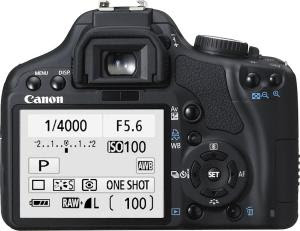NVIDIA Introduces HD Handheld Computing Platform

High-definition video and graphics processing coming to a Windows Mobile Smartphone near you
It wasn't too long ago that cell phone LED screen resolutions touted incredible resolutions of 100 pixels. After the switch to LCDs, most mobile phones today carry resolutions in excess of 100,000 pixels, and in full color too. With the convergence of hand-held and mobile devices, it was only a matter of time before the graphics giants jumped headlong into the world of mobile computing.
NVIDIA announced today the APX 2500 application processor for mobile devices. The new chip features high-definition computing capabilities such as HD 720p video playback and capture.
One of the more significant hurdles of any mobile platform is power consumption. Because mobile devices rely on low power batteries in such small packages, NVIDIA designed the processor to operate with restrictions under an ultra-low-power GeForce core. NVIDIA won't tell just how low yet, but competing processors from Samsung and AMD run in the 10 milliwatt range.
The APX 2500 will support decoding of 720p H.264, MPEG-4, and VC-1/WMV9 media and encoding of 720p H.264 and MPEG-4 media along with the support for standard audio formats including AAC, AMR, WMA, and the ever popular MP3 format. The display subsystem of the APX 2500 also includes HDMI 1.2 support for outputting video at 720p as well as output to a monitor at resolutions up to 1280x1024.
Additional features of the APX 2500 processor include support for up to 12 megapixel camera sensors (opposed to current 3 megapixel cell phone cameras) and 3D graphics processing capabilities including OpenGL ES 2.0 and Direct3D Mobile support.
NVIDIA worked closely with Microsoft on the APX 2500 so its safe to assume the processor will initially or ultimately be a Windows Mobile device exclusive.
The APX 2500 will take center stage at NVIDIA's booth at the Mobile World Congress in Barcelona, Spain. The company indicates it will announce high-definition mobile video and graphics processor by mid-summer 2008.
If the APX 2500 solution is indeed an exclusive for Windows Mobile-based devices, Microsoft may see a powerful gain in the mobile OS market among mobile software developers such as Nokia and Google's upcoming AndroidOS.
Source from DailyTech

